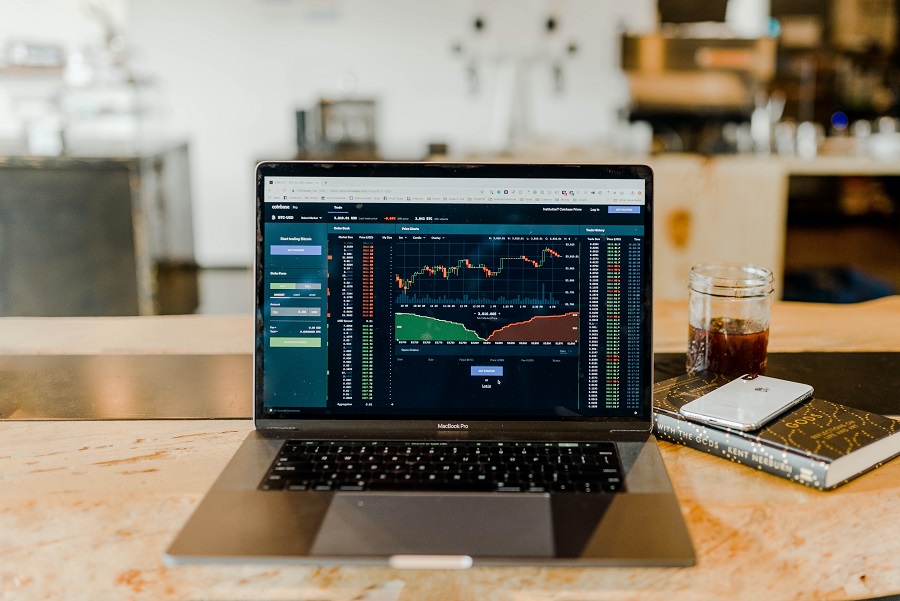As the rally on the cryptocurrency market continues and interest on money market funds continues to fall, investors keep moving their assets around.
For the second consecutive week, the New Gold ETF, which trades on the Nigerian market has suffered huge outflows.
READ: Is Nigeria’s mutual fund industry a duopoly dominated by two fund managers?
During the second week ending November, 13th, the new Gold ETF suffered a total redemption of N5.22 billion bringing its month-to-date (MTD) redemptions for the month of November to N21.7 billion.
This is according to analysis conducted by Quantitative Financial Analytics on the NAV Summary reports released by the Security and Exchange Commission, for the month of November, 2020.
READ: Pension fund administrators pile up cash in anticipation of withdrawals
Some money market funds have also been witnessing large outflows. Notable among them include FBN Money market fund, which has seen about N11 billion of redemptions, Stanbic IBTC money market fund has also recorded a redemption of N5.99 billion while ARM money market fund suffered a redemption of N3.487 billion, all within the month of November.
 Source: Quantitative Financial Analytics
Source: Quantitative Financial Analytics
The redemptions from money market funds may not be unconnected with the near-zero interest rates being paid by the money market funds.
Currently, the FBN Money market fund’s yield is 1.79%, Stanbic IBTC money market fund now yield’s 1.36%, while ARM money market is yielding 1.717%, all on an annual basis.
READ: Top 10 high-yield money market funds that beat inflation in Nigeria
Bond Funds Benefit: A closer analysis shows that those money market fund redemptions are finding their way into various bond and fixed income funds.
Since the beginning of the month of November, bond and fixed-income funds have welcomed some large contributions. Among them are UBN Bond fund which received about N8.7 billion, followed by Stanbic IBTC Bond fund’s N7.7 billion additional contribution.
Also, in that league are Stanbic IBTC Guarantee fund and Zenith Income fund that received estimated contributions of N2.28 billion and N2.147 billion respectively.
 Source: Quantitative Financial Analytics
Source: Quantitative Financial Analytics
Compared to the yields on money market funds, Bond and Fixed income funds are currently providing better yields, but they are not the best in the industry currently.
READ: Nigeria’s Pension Asset increased by N228 billion in October
This shows that investors are moving their fund investments in such a way as to derive better returns than what is obtainable from money market funds without necessarily incurring too much additional risks in the process.
Asset management implications: What is currently playing out in the Nigerian mutual fund arena is an indication that investors are cognizant of events in the market and are therefore actively managing their investments by moving them around among asset classes that are better able to give them better returns.
Explore Data on the Nairametrics Research Website


















